The Suburbs Will Thrive or Fail on Their Own Terms
This article was originally published on Strong Towns member Johnny Sanphillippo’s blog, Granola Shotgun. It is shared here with permission. All images for this piece were provided by the author.
In March I bought a modest, two-bedroom 1950 tract house in Madison, Wisconsin. It’s not going to win any awards for cutting-edge design, but it’s solid, respectable, and in a safe, quiet neighborhood with a premium school district. It’s a few blocks walk to the lake and a couple of public parks with picnic areas, boat launch, and the beach. A few blocks in the opposite direction there’s a suburban strip with the quotidian essentials: grocery store, bank, post office, churches, hardware store, and so on. Kids from elementary to high school can walk to class if families are so inclined. On a perfect day in June it’s even possible to ride a bicycle around the lake to downtown in half an hour, in a more or less safe and pleasant manner. And this particular house is one of the smallest properties in the neighborhood, bordered on the back by much larger more expensive homes on bigger, three-quarter acre lots. It’s the classic “worst house in a great location.”
I’ll be honest and say this isn’t my dream property. For those of you familiar with Madison, my natural habitat is more like Willy Street on the near east side of the city. It’s not exactly downtown, but one of the smaller close-in Main Street-type neighborhoods that were built almost everywhere in North America between the late 1800s and just before World War II. Unfortunately, properties around Willy Street are hard to come by, and this is a particularly competitive time to be shopping for real estate. The place I did buy was selected from the next best options that were available to me at a price I could manage. This place ticked most of the boxes in a cost-effective manner.
Why Madison? I have extended family in nearby Beaver Dam and Adams to the north. The state of Wisconsin has just shy of six million people, but many counties are losing population, with fewer and fewer young people and an aging demographic. Dane County, home to Madison, is one of the few exceptions. It’s been growing by about ten percent per year for a while now. Aside from some infill development in the urban core, almost all that growth is on the suburban periphery.
Image via Kevin Klinkenberg.
Basically, if you’re young, well educated, looking for a high quality of life, and committed to staying in Wisconsin rather than migrating away to a big city or the Sun Belt, you tend to move to Madison. Madison is also attracting migrants from places like Chicago and Minneapolis, who are looking for a similar environment at a more manageable scale and reasonable price point. Madison is expensive by Wisconsin standards, but cheap compared to larger places.
Architect Kevin Klinkenberg in Kansas City, Missouri, describes the four kinds of suburbs: rural exurban sprawl, master-planned communities, standard or “late” suburbia, and pre-interstate suburbs. Of these four, the only one that lends itself to a modicum of mixed use and walkability is the pre-interstate suburb, referring to the Federal Aid Highway Act of 1956. These tend to be closer to the center of a metroplex, so they are geographically more accessible, and since they were among the very first auto-oriented developments, they still retain at least some of the qualities of older pedestrian neighborhoods. Since I couldn’t have the kind of older house in the place I preferred, this was a pretty good fallback position.
And here’s where I’m going to be blunt and rub some urbanists the wrong way. I spent years in other parts of the country attempting tiny projects in classic Main Street locations, where I hit a wall of cultural and regulatory friction. On the one hand, there are suburban-style building codes and zoning regulations that make small-scale construction or modifications illegal and/or exceptionally difficult on small city lots. On the other hand, the desire to maintain the historic character of the existing neighborhood results in committees and restrictions that squeeze out all but the most advanced participants. I don’t have the technical skills, political skills, social skills, patience, or desire to navigate the endless layers of institutional complexity required to do even the simplest job in that environment. I’m out.
The society that built Main Street is long gone and isn’t coming back. America is a profoundly suburban nation and will remain so for the duration of my lifetime. The suburbs are going to thrive or fail on their own terms. I’ve surrendered and moved on to Plan B: Do what’s socially and politically acceptable and easy. This house is my pragmatic sweet spot because it doesn’t fight me every step of the way.
The first thing I did after the house was purchased was have various trades go over the structural and mechanical components of the property and catch up on deferred maintenance. There was a patch of the 71-year-old foundation that had been neglected for too long and needed to be addressed. The water heater and air conditioning compressor were replaced, and some electrical and plumbing items were brought up to code. I had the basement tested for radon and hired a specialist who installed the appropriate remediation. None of these things were particularly hard or even all that expensive individually, but they had to be done before moving forward with anything else.
Now, here’s where I hit a minor speed bump with another moment of cultural WTF-ism. Even before the paperwork was completed on the sale, I reached out to two well-respected local architecture firms and a design-build company that each specialize in high efficiency LEED certification, Passive House design, Net Zero Homes, Green Building Council blah, blah, blah, asking what could be done with this house to improve its performance. All three advised me to tear it down and build new. The cost of retrofitting an older home generally exceeds the cost of simply starting from scratch. “The good news” as they described it, was that the old house could be scraped off the lot in a single day! The current price for new construction of a home of this proposed quality is around $400 per square foot. So after paying good money for a perfectly functional house, I’d have to send it to the landfill and drop another half-million on its replacement. And this is…green? These firms and I were mutually disinterested.
That led me to the next set of experiences in my attempt to upgrade the functionality and efficiency of the house. I asked the trades who were installing replacement equipment to use the latest technology. Instead of putting in a standard air conditioning compressor, let’s go with a hybrid heat pump that not only cools the house in summer, but also provides heat very economically in the spring and fall when it’s still above freezing outside. The hybrid natural gas furnace can then kick in on the really cold winter days when needed. And why not install an electric heat pump water heater for domestic hot water? It’s really energy efficient, saves money in the long run, and dehumidifies the basement as a pleasant side effect.
The responses I got were short and to the point. “You cool with a compressor. You heat with gas.” Full stop. End of conversation. These were solid, middle-aged guys who have been doing reliable work for decades and they weren’t interested in a lot of goofy new concepts. In the past I would have pushed them or found different installers who were open to my suggestions. Now…I shrugged. In ten or fifteen years when these machines need to be replaced again, the industry might have retooled to the newer technology. But they’re not there yet. This isn’t a battle I want to fight anymore.
Once the structural and mechanical stuff was resolved and the basement was cleaned and painted, I found a company that specialized in basement conversions. We established that the ceiling is already high enough to accommodate proper living space. With the addition of a couple of emergency egress windows and some simple partition walls, there could be two new bedrooms. The plumber also said installing a second full bathroom in the basement was a relatively straightforward affair, since all the pipes were already in place.
These alterations are all plain vanilla processes that the municipal authorities are familiar with and regularly approve, so long as they’re done to established standards. They’re also affordable enough to be done on a cash basis without debt. For a tolerable sum, this house can be incrementally transformed from a two bed, one bath to a four bed, two bath within the existing building envelope. This is the kind of thing I might be tempted to do in a few years when I have some extra funds saved up.
Since I wasn’t successful with the fancy architects or the standard trades when it came to retrofitting the house with new hyper efficient equipment, I decided to call in a company that specializes in insulation. How about we vapor seal everything to keep out drafts, and put down a couple of feet of deep insulation to keep the house cool in summer and warm in winter? The estimate came in at between $7,000 and $8,000 to do the attic, as well as the basement sill joists. I gave that a long think.
While I was exploring the insulation situation, I called in a company that specializes in attic conversions. There are various levels of attic retrofits at different price points. Putting in full shed dormers on each side of the roof ridge line would raise up the ceiling and create far more usable living space. But that costs real money and opens up a can of worms.
Then again, installing skylights in the existing roof on the side that faces the back garden is far easier and less expensive. That would achieve enough natural light and ventilation for additional legal living space. If the ceiling height is sufficient, it might even be possible to fit a bath into the attic for an en-suite principal bedroom tucked under the pitched roof.
The critical element is usually emergency egress, and I discovered at least one company that manufactures a skylight that can double as a fire escape. We’ll have to run that by the appropriate authorities of course, but there’s also the side window that could become a door with exterior stairs to the ground. Like the basement conversion, the attic is something I’m mulling over for the future.
The harsh reality is no one in the history of real estate has ever walked into an open house and declared, “Oh Honey, we just have to have this house! It has R-80 insulation!” People care about shiny new things. The gas and electric bill aren’t even on the radar until long after they move in, and by then it’s a done deal. With that in mind, I set aside the insulation for the time being.
The kitchen was 100% functional, but it looked sad and dated. The old vinyl floor, the Formica countertops, and the lack of a dishwasher were a problem. I had a fondness for the look of the original vintage 1950 stove, but it was electric, which I don’t like at all, and it reflected poorly on the property. Then there was the circular florescent ceiling light that screamed “Eastern Europe under communism.” I made a conscious decision to take that insulation money and put it towards remedying the kitchen instead. While I was at it, I had the pedestal sink in the bathroom replaced with a vanity with better storage and swapped out the old toilet for a high-efficiency, super-hygienic Japanese model. Absolutely everything got fresh paint and the wood floors were refinished.
(Above images via Kristine Marks.)
Here’s the finished product, at least for this first round of upgrades and improvements. The house is now safe, well maintained, clean, fresh, and ready for new inhabitants. And not once did I have to go through the meat grinder of regulatory approvals and community review boards. I just signed a lease with a well qualified professional couple and I look forward to a long and mutually beneficial arrangement with them. These last photos are the handiwork of a local photographer who digitally staged the property. She also created a 3D virtual “doll house” tour for the listing. I’m convinced that her good work was the primary reason so many people arrived at the open house and that my new tenants ultimately swiped right for the rental.





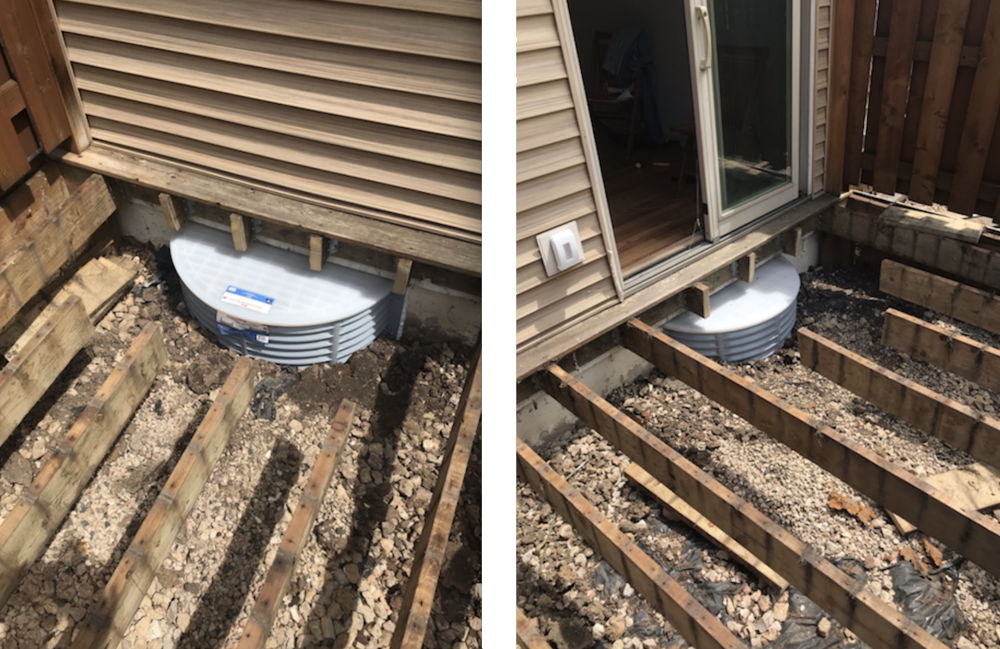
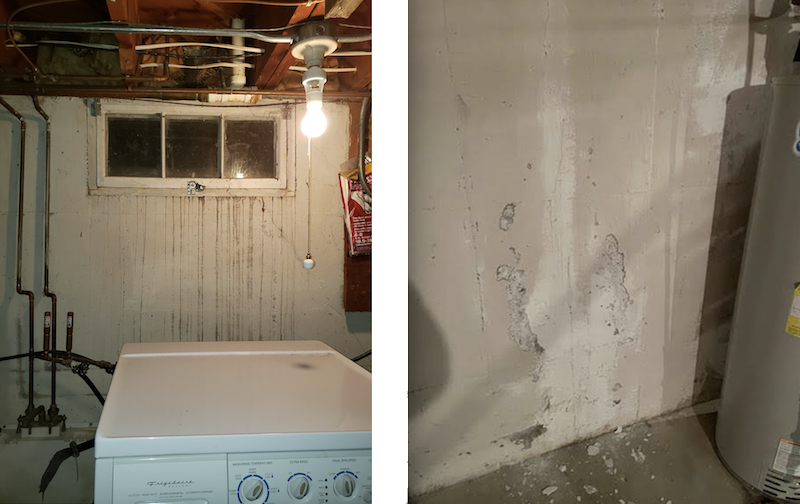
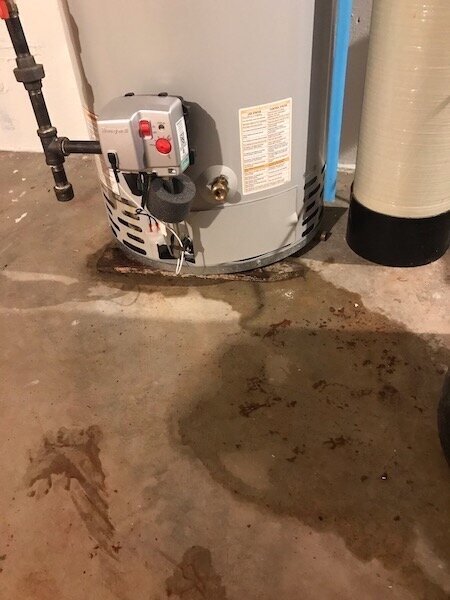


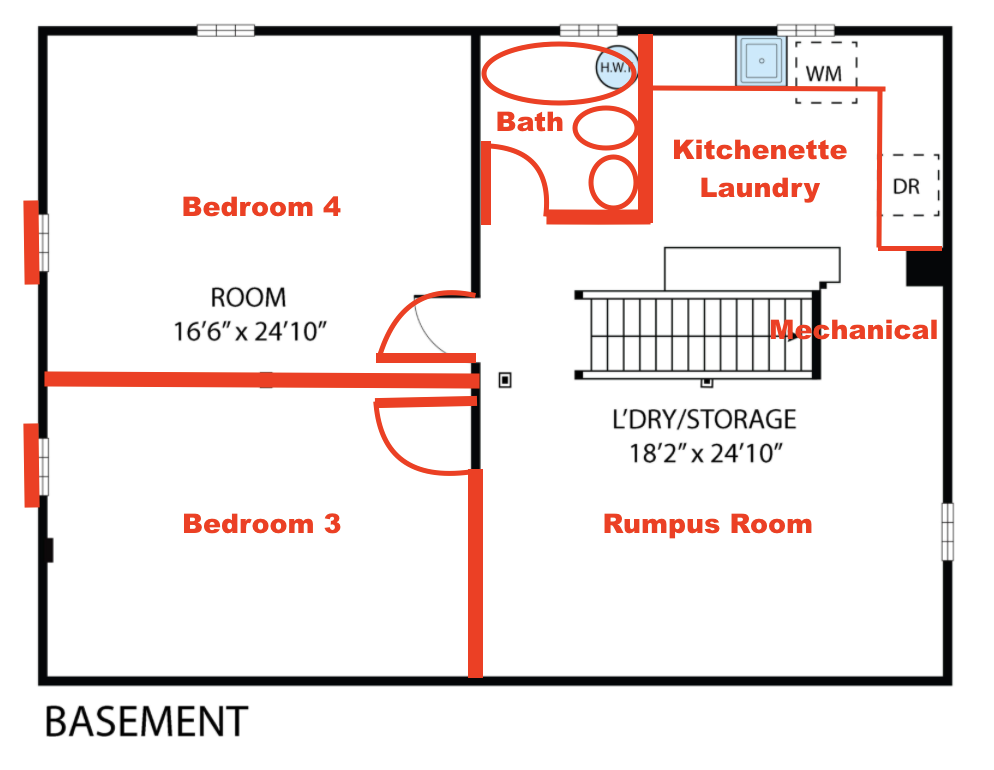
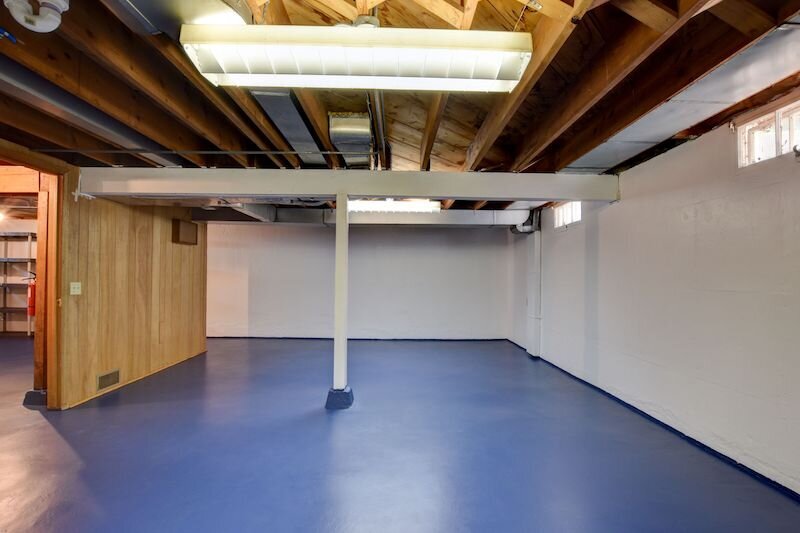
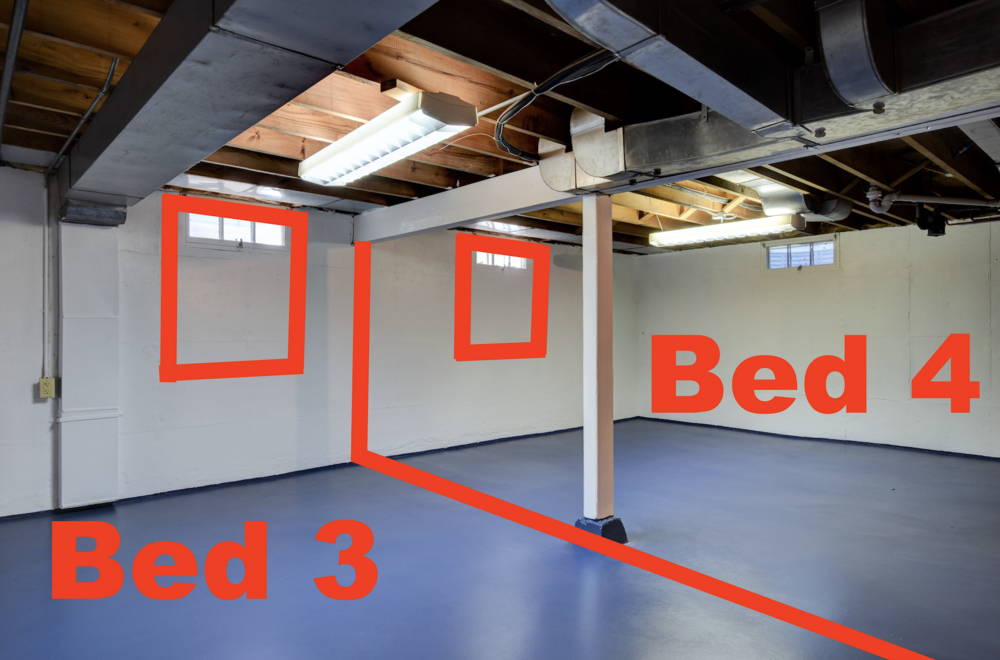

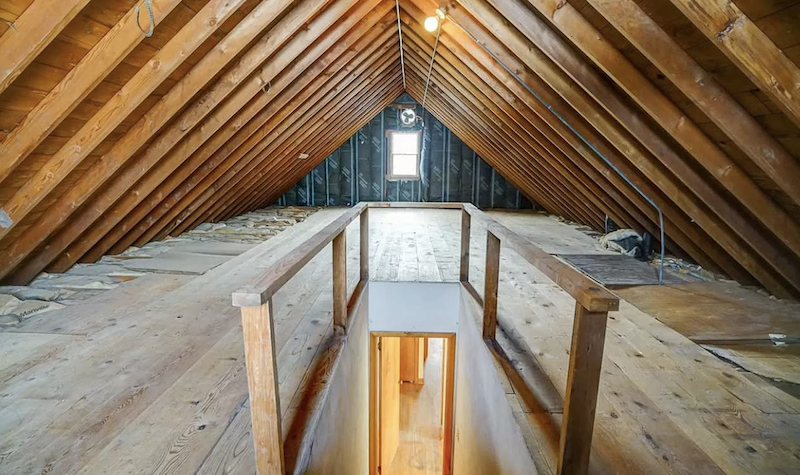
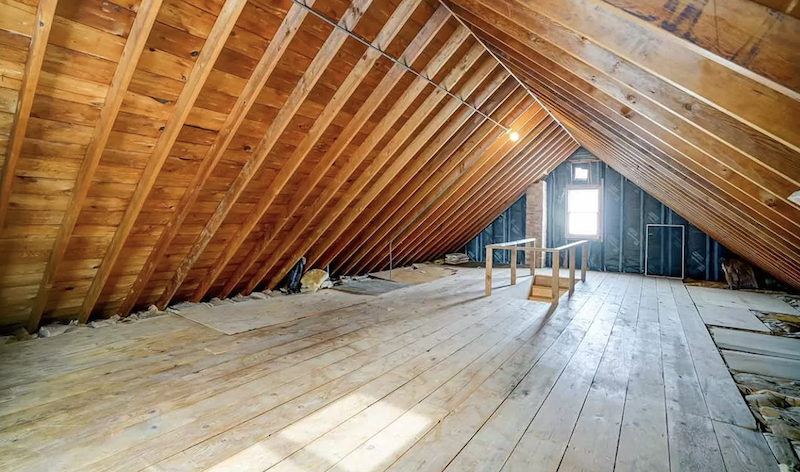


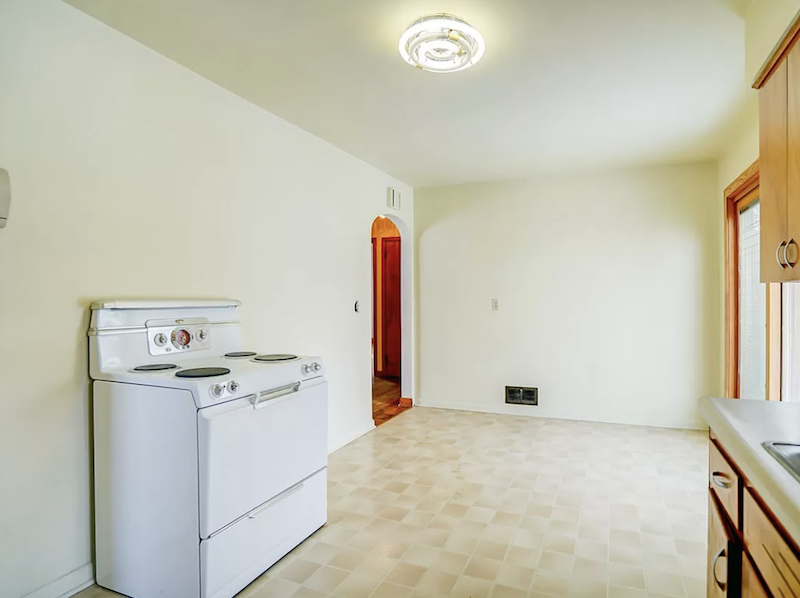
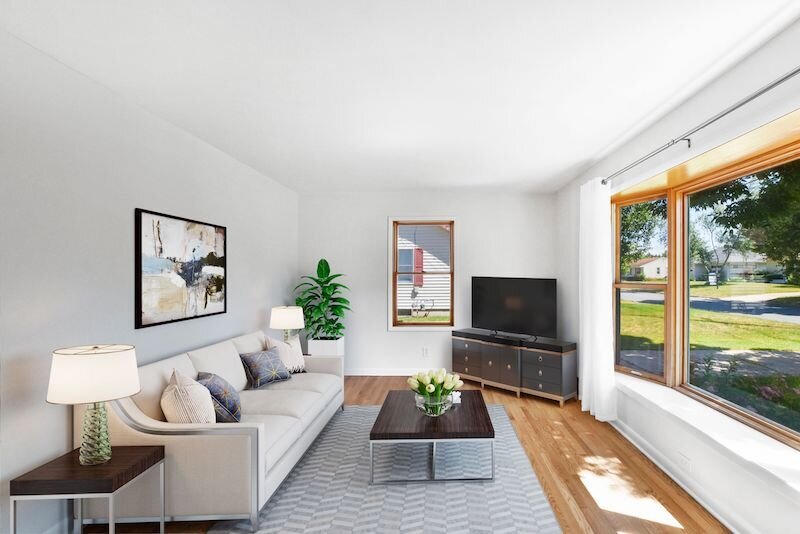
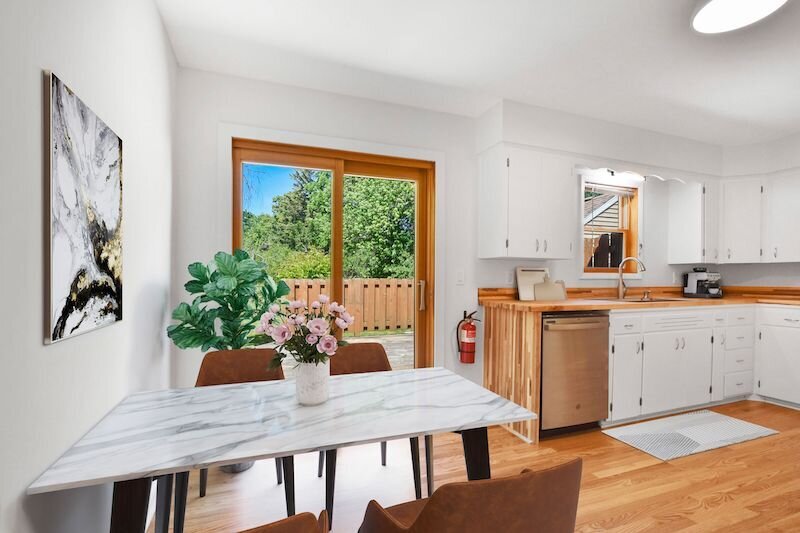
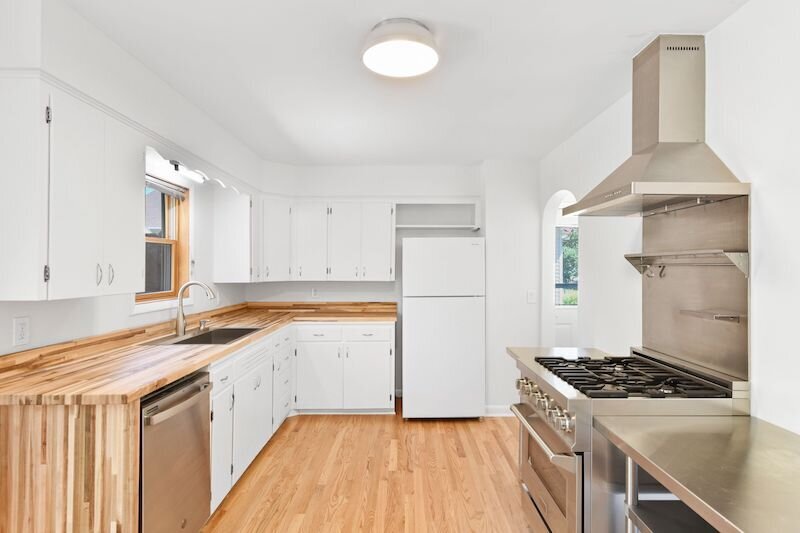
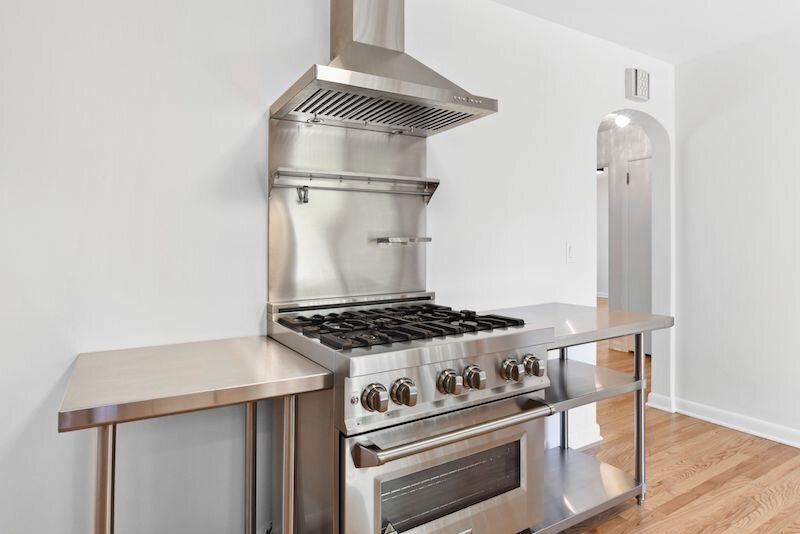
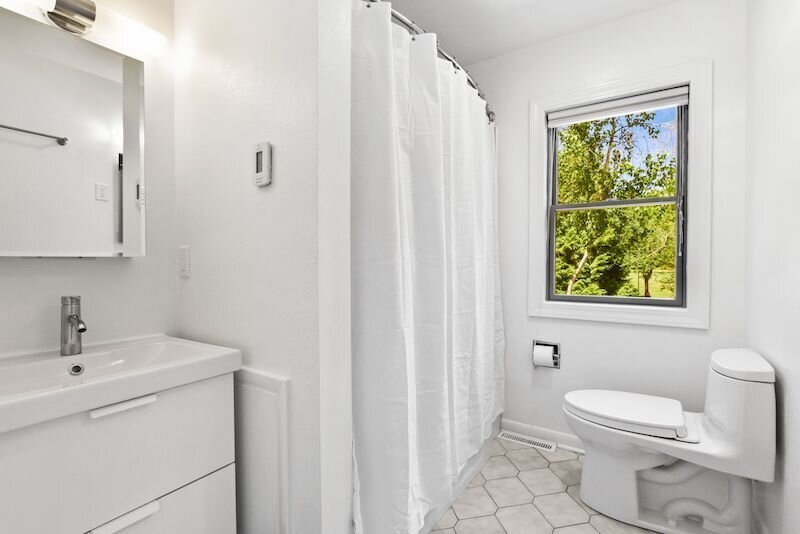






What if, rather than having to move because of life changes, your house itself could change? We present to you THE architectural solution to this common problem: The Incredible Expanding and Shrinking House.